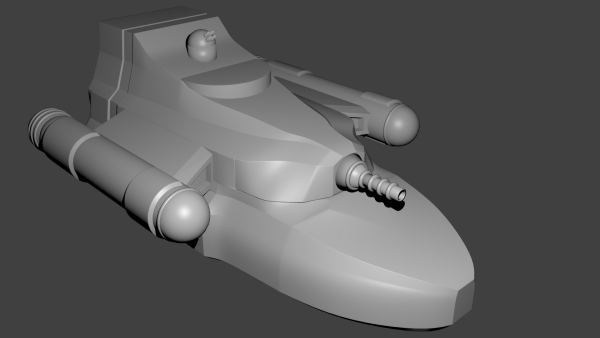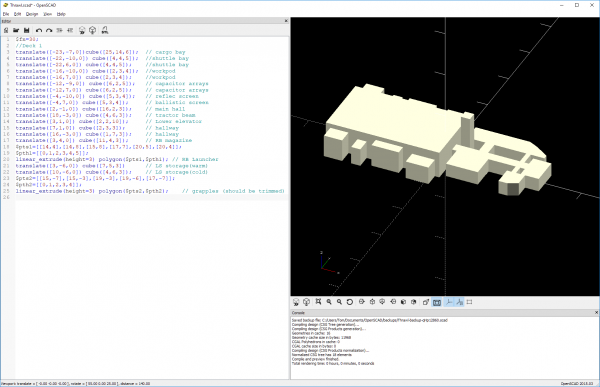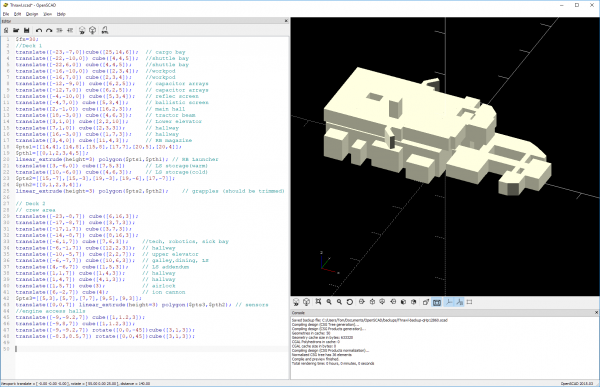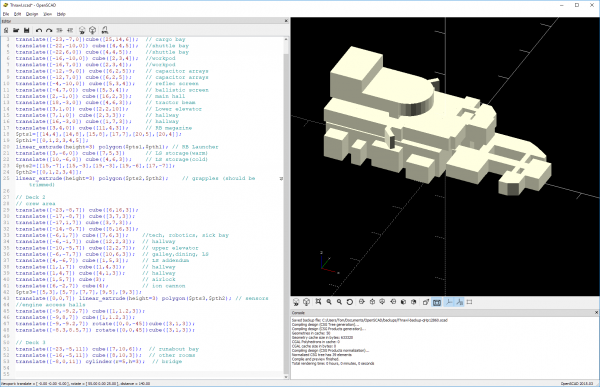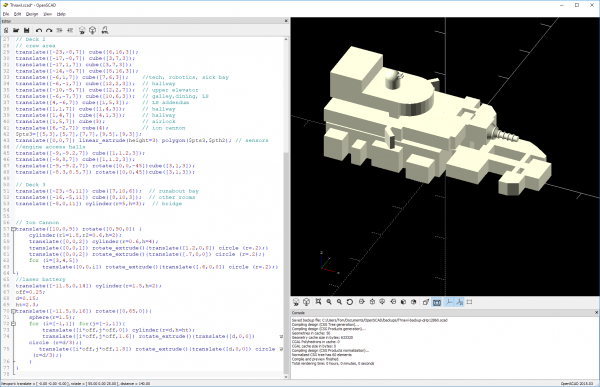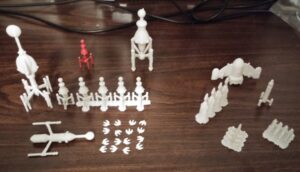This post is a couple of days late as I was traveling and completely forgot to get a post queued up for Tuesday. And this is not what I had planned to post at all. I had not planned to do another model post this month. I was planning on putting together a table of all the star systems on the Extended Frontier Map to provide the spectral types of all the stars and notes about they systems. However, on my flight I had some time to kill and wasn’t completely decided on what I wanted to include in the table so I decided to do a bit of modeling. I’ll probably finish up that table for next week.
The UPF Destroyer
Since I didn’t have my battleship mini or calipers with me, I couldn’t continue working on the battleship model. Instead, I thought I’d take a look at the UPF destroyer and start working on that. Since there is no existing model for this ship, this would be a scratch build. There are two references for this ship. One in the Knight Hawks Campaign book on page 7 in the image showing the silhouettes of the various ships and the small game counters.
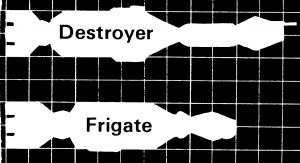
The silhouette images for both the frigate and destroyer are shown in the image to the right. As you can see, the ships are fairly similar. The destroyer is shown with a shorter engine block area, a longer neck, and an obvious gun on the bow. The counters for the two ships are shown below.
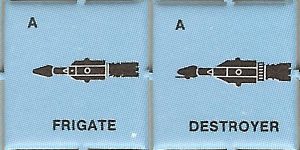
These images also show a slightly smaller engine area and noticeable gun on the bow, but here the neck area is about the same and the main fuselage is longer. Also, the width of the fuselage is a bit larger on the destroyer. Since there is some detail on the body of the ships in the counters, you can notice that the main body of the destroyer is very similar to the body of the frigate, mainly that it has that same cross structure.
Since it’s always been in the back of my mind to make a set of models that match the silhouettes in the book in the future, I chose to take the counter as my guide for this project. Especially since that meant that I could use a lot of the work done for the frigate on the destroyer.
Building the Model
The frigate is a HS 5 ship while the destroyer is a HS 6 ship so we expect in the end the destroyer will be a little larger. I started by pulling up the model for the frigate. Since I’m using the original mini model as the basis, this model, like my recreation models, are not designed at an exact model scale but at their actual physical size.
Main Fuselage
I’m doing this design work in OpenSCAD which looks and acts very much like a programming language. I give it positions, sizes, and rotations of various primitive shapes and it places them on the model. I then “compile” it to get a render. For example, this is the code that draws the main body of the frigate with its crossed block structure:
cylinder(r=3,h=15);
for(i=[0,90]){ rotate([0,0,i]){
translate([0,0,2]) cube([11,2.9,4],center=true);
translate([0,0,7.75]) cube([11,2.9,6.5],center=true);
translate([0,0,4]) cube([10.5,2.5,1],center=true);
translate([0,0,11]) scale([1,1,1.4]) rotate([0,45,0]) cube([7.77,2.9,7.77],center=true);
translate([5.5,0,8]) sphere(r=1);
translate([-5.5,0,8]) sphere(r=1);
}
Since I wanted that same block structure for the destroyer, just bigger, I just needed to increase the length and width of the blocks and shift the positions of some of them to make the body longer. Basically, I just change a few numbers and re-render. If I wanted to just make it bigger everywhere, I could wrap all of that in a scale() command and not change anything. However, I wanted to keep the core diameter (that first cylinder) the same size so I modified each of the items. Overall, I increased the length of this part of the ship by 2.6 mm and its width by 3 mm.
I kept the neck length nearly the same but stretched out the spherical section of the upper body by 0.3 mm (10%).
I also lengthened slightly the area behind the crossed block structure. In the counter image, this is larger on the destroyer than the frigate and has a grilled structure, so I added in a hull section to match that image. This also helped to lengthen the entire body of the ship.
The Bow
For the “head” or bow of the ship, I decided to just reuse wholesale the head of the frigate model. I figure that since the ships are nearly the same size, the designers would just reuse an existing design to save on design and fabrication costs. However, I did make one change. On the frigate, the main gun extends out from the center of the head which means that the long lasing cavity of the laser cannon runs through the center of the bow taking up space inside the ship.
In both destroyer images from the game, this laser cannon is very obviously mounted outside the ship and visible on the exterior. So I added an externally mounted cannon on the model. This gives a bit more room inside the ship’s bow and helps to match the profile on the counter better.
Engines
According to the rules, both the frigate and the destroyer are supposed to have three Class B engines. The original frigate mini just had a single engine mounted directly aft of the ship. Since I’m building this model from scratch, I decided to give it the three engines it is supposed to have.
I started by shortening up the cylinder on the model that was the actual engine on the frigate model. I effectively just chopped off the nozzle portion and added a small taper to the end. On the destroyer, this is now part of the interior hull space instead of the engine itself.
Next, I created an engine model. It’s roughly the same size as the engine from the frigate but I gave it my own set of surface details. I added an engine strut and then put three of them on the model distributed symmetrically around the tail section of the ship.
Finishing Touches
Finally, I went back and added a bit of surface detail to the ship. Some of the bits were also used on the frigate and some I added in just for the destroyer. That gave me the finished model.
The image on the left shows the destroyer model alongside the frigate model for a size and feature comparison. The image on the right is the other side of the destroyer model so you can see the externally mounted laser cannon a little bit better. You can click on either image for a larger version.
All told, the destroyer is about 58mm long while the frigate is about 52mm. I realized after the fact that since the silhouettes on the counters are constrained in size, the actual physical size of the destroyer might be a bit bigger than I made it but it’s distinctive enough that I’m not going to worry about it. Also, I feel better about the engine area being bigger, not smaller, than on the frigate. When I do my complete custom builds, they’ll all be to the same scale.
Printing
I got home from my trip yesterday and fired up my printer to try printing the model. It worked out just fine with no issues. The image below shows the printed destroyer alongside a printed frigate.
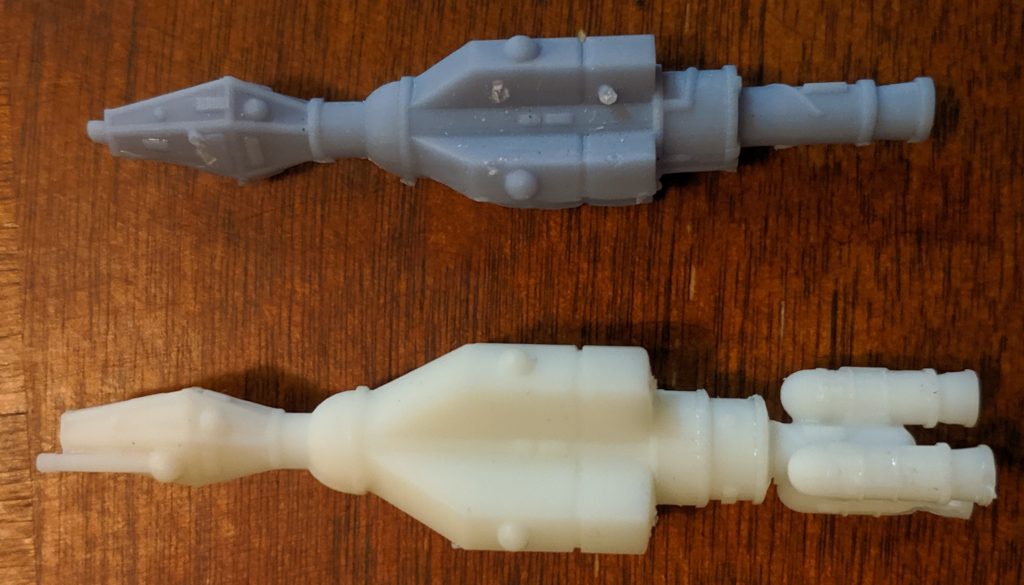
I decided to print the destroyer with the white resin which unfortunately doesn’t photograph well, so it’s kind of hard to see the details on it. However, they are all there.
Ship Stands
In discussions about the models on the Star Frontiers Facebook group, Jess Carver asked me about stands for the ships. I hadn’t really thought about that yet but figured I’ve give it a go and see what I came up with. I actually did this build a couple weeks ago before my trip.
Looking at the stands that came with the original minis, they were just X shaped and designed to fit in a 1” square. And they came with a small, 2” long, 1/32” diameter steel rod to mount the mini on.
If you’re playing on a 1” hex grid, that original model stand is going to be a bit big and extend out of the hex the ship is in. This could be a problem if you have a bunch of ships close together. If you’re playing off a grid, that’s not so much of a problem but you then need a protractor to measure turns and such. I wanted to make a stand that solved both of those problems if possible.
I started by making the stand circular instead of square and 1” in diameter. I asked around a bit about what size hexes people were using as I have actually never played with minis, just the original counters from the game. The answers I got back were 1” and 1.5” so I went with the 1” option. It’s easy enough to scale the model up to 1.5 inches if someone wants that sized base and a 1” base fits in a 1.5” hex but not the other way around.
The outer edge of the stand is slanted back toward the center and I put tick marks all around it at 15-degree intervals. It took a couple of tries to get the sizing right on these so that they showed up well on the print. The first tries were a little to small. You could see them, but you had to get close and that defeated the purpose. I made the 60-degree tick marks larger to help find them better and added a unique tick mark at one position to represent the “front” of the ship or the direction of travel. Here’s an image of the model.
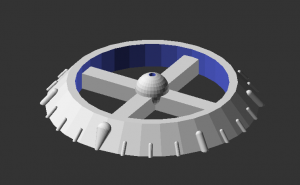
You’ll notice that it is just the base. I made the decision to use a steel rod as the vertical piece instead of printing a vertical bar. Printing it would require it to be a lot thicker and I didn’t want that. Another thing that I discovered in printing the bases is that the hole in the middle that the rod is going to go into just doesn’t print well. It keeps filling up with resin that would harden while printing. I made the hole twice as large as the rod and it still didn’t work. In the end I had to just drill out the hole for the rod. Since I had to drill the models anyway, this wasn’t a big deal and probably better as the hole would be exactly the right size. I did have to go buy a 1/32” drill bit since the smallest one I had at the time was 1/16”.
I was a little concerned about stability, at least when holding up the larger minis. One inch is not that big when you compare it to a four- to six-inch miniature. So I gave it a stress test. I grabbed one of my sathar heavy cruiser model, the largest one I’ve created at 5.5 inches, and mounted it on the stand. I used one of the steel rods from my miniature boxed sets as I didn’t have any others.
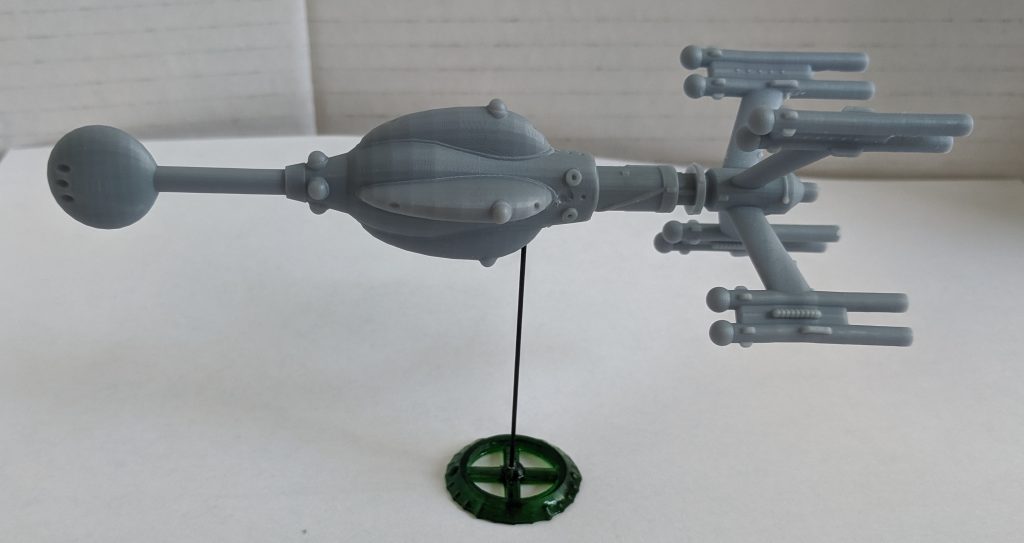
It was surprisingly stable. I gave it a tap and hit it harder than I intended. The mini tilted by 10-15 degrees and then settled right back down on the base. I deliberately tilted it in some different directions and it remained upright. Obviously, you can tip it far enough that it falls over, but it seems to survive accidental bumping. The plastic minis are much lighter than the metal ones so I’m sure that helps. And if you want, you can always use two stands just like you had to do with the metal minis.
The only other issue was to find a source of steel rods. I have the ones that came with my sathar and Federation ships boxed sets, but I am going to need more. So I started looking around on-line. I found some on Amazon that were 1.1mm in diameter (the ones from the boxed sets are 0.8mm) and 10cm long. I wasn’t worried about length as I can cut them down to the 50mm size needed with my Dremel. They were reasonably priced (20 for $8) but were shipping from Asia and would take a couple of weeks to arrive. I kept looking.
I figured a hobby/craft store might have something I could use, especially if they sell model train supplies. Sure enough, looking at Hobby Lobby’s on-line store they sold six 12” brass rods at 1/32” diameter for $4. That was an even better price even including local sales tax. And I could just drive down and get them (about a 20-minute drive as the Hobby Lobby is a couple towns away up the freeway). It took me a couple days to get over there but when I did, I found that not only did they have the brass rods I was expecting, they sold a four-pack of 12” steel rods for just $2. An even better price. So I bought a pack, went home, chopped up one with my Dremel, printed up a bunch of stands, and mounted up examples of some of my models.
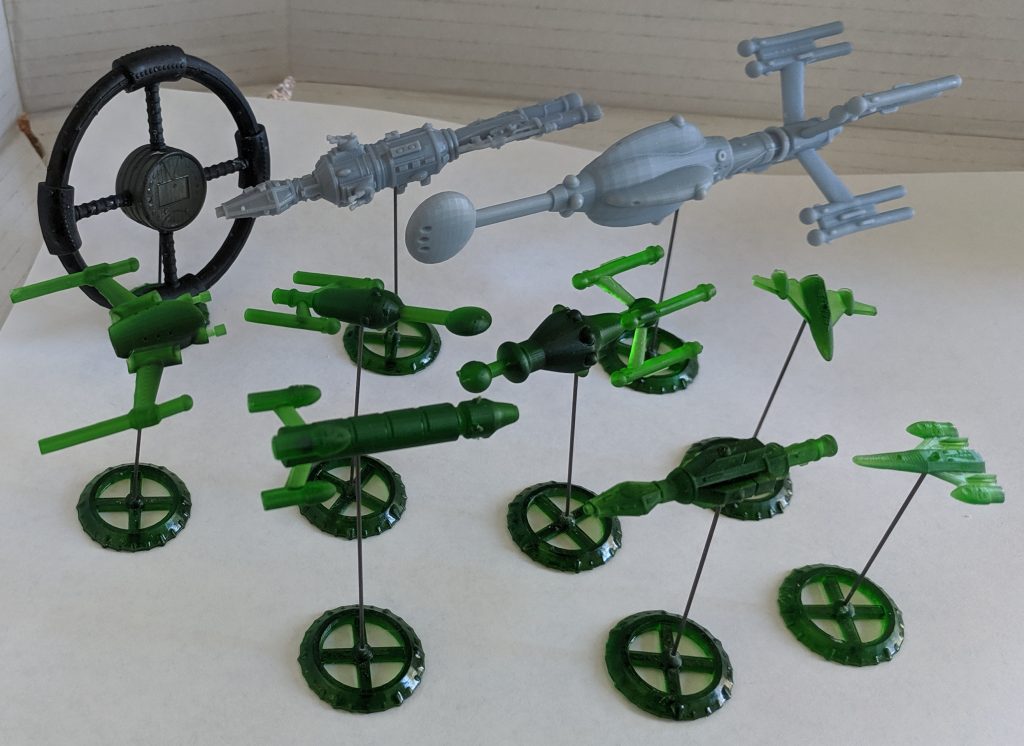
I’m starting to get the itch to print out enough of these and run a big battle on my kitchen table.
Final Thoughts
The build of the destroyer went really fast, at least partially because I was reusing the basic design of the frigate. I completed it in just about four hours. For comparison, the light cruiser model took something between 8-12 hours (I wasn’t really tracking it at the time) and I’ve spent 6 hours on the battleship and probably have another 6-10 to go. Similarly, the stand build was really quick, maybe a half hour as it was a really simple construction and had minimal details.
The recreation models take a long time as I’m constantly measuring, placing, remeasuring, and tweaking the features of the model to try to match the original as closely as possible. With a custom build, I don’t have that constraint and can just build the model as I wish so it can go faster.
This was a fun build and fills in a gap in the order of battle for the UPF. Once I finish the battleship, the only remaining models will be the UPF heavy cruiser and assault carriers for both the UPF and sathar. Since the miniature labeled as the sathar cutter on the blister packs matches the silhouette of the UPF minelayer on the counter, and I’ve already done that model, that ship can be used as the UPF minelayer if desired. However, that ship definitely looks more like a sathar vessel so I’ll design a new minelayer for the UPF as well.
I’ve added the destroyer model and the stands to my price list on the Order Miniatures page. Anyone that joins my Patreon as a supporter at the Crafter level will get all the models I’ve done this month (space station, light cruiser, destroyer, and a set of stands) mailed out to them in November.
Let me know your thoughts in the comment section below.
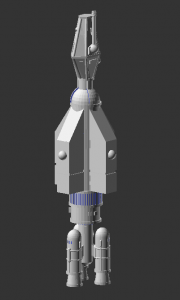
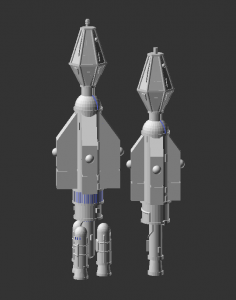
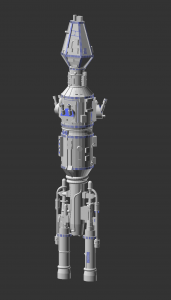
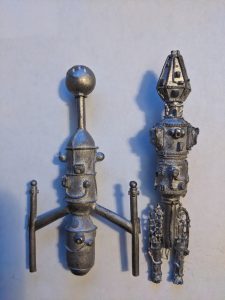
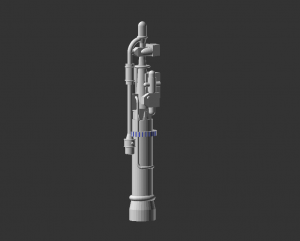
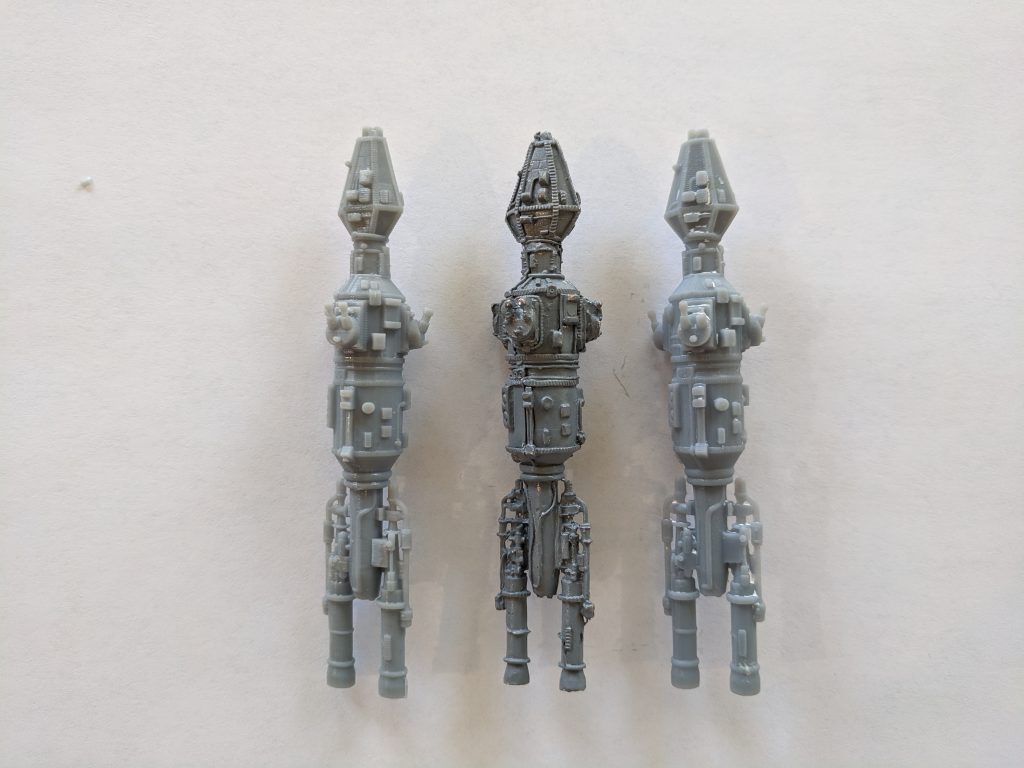
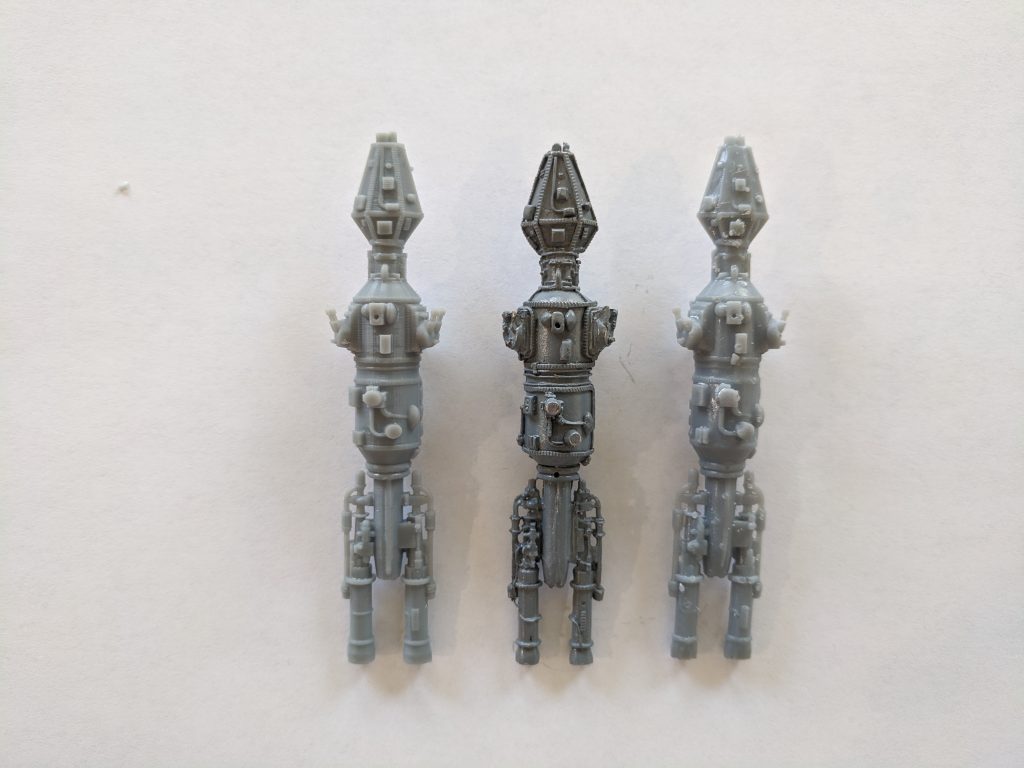
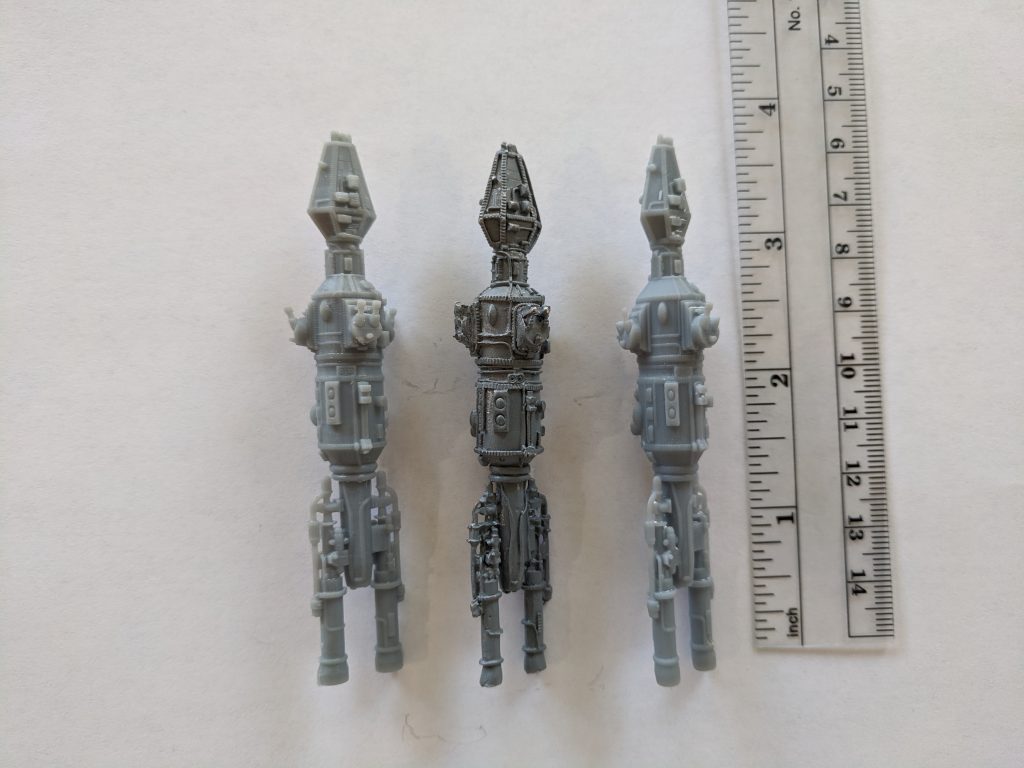


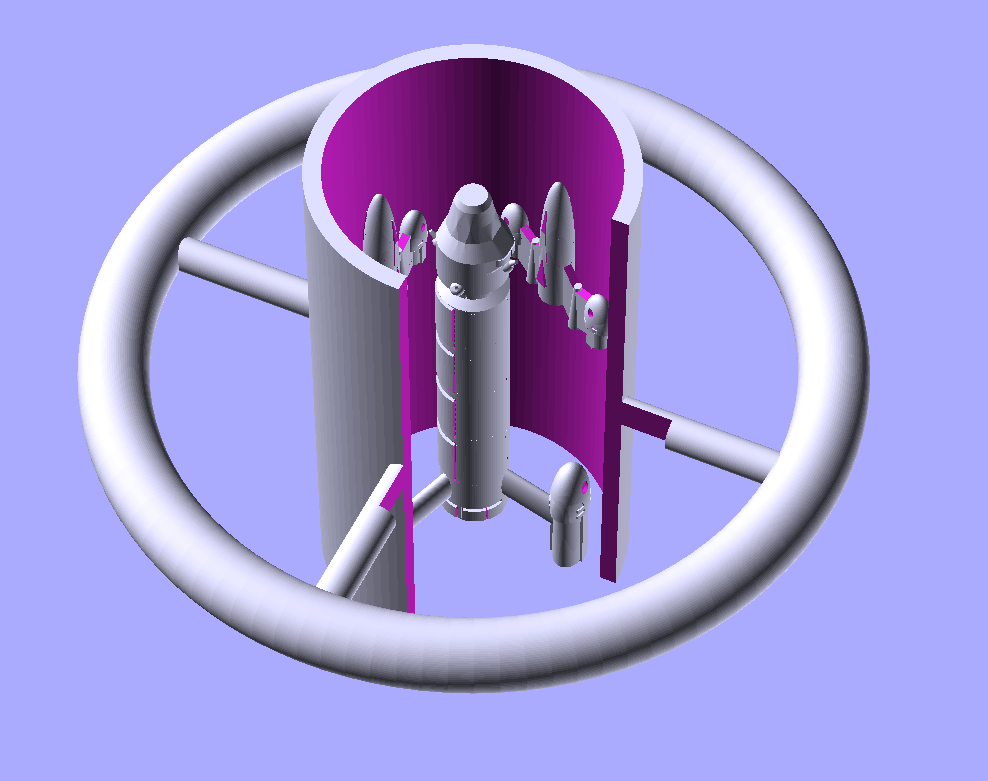
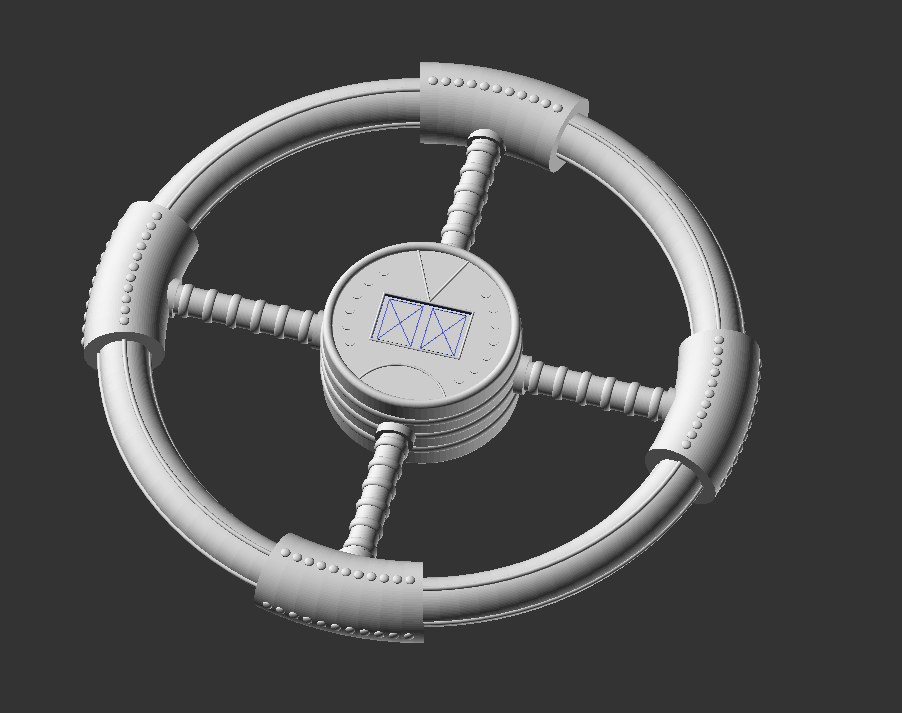
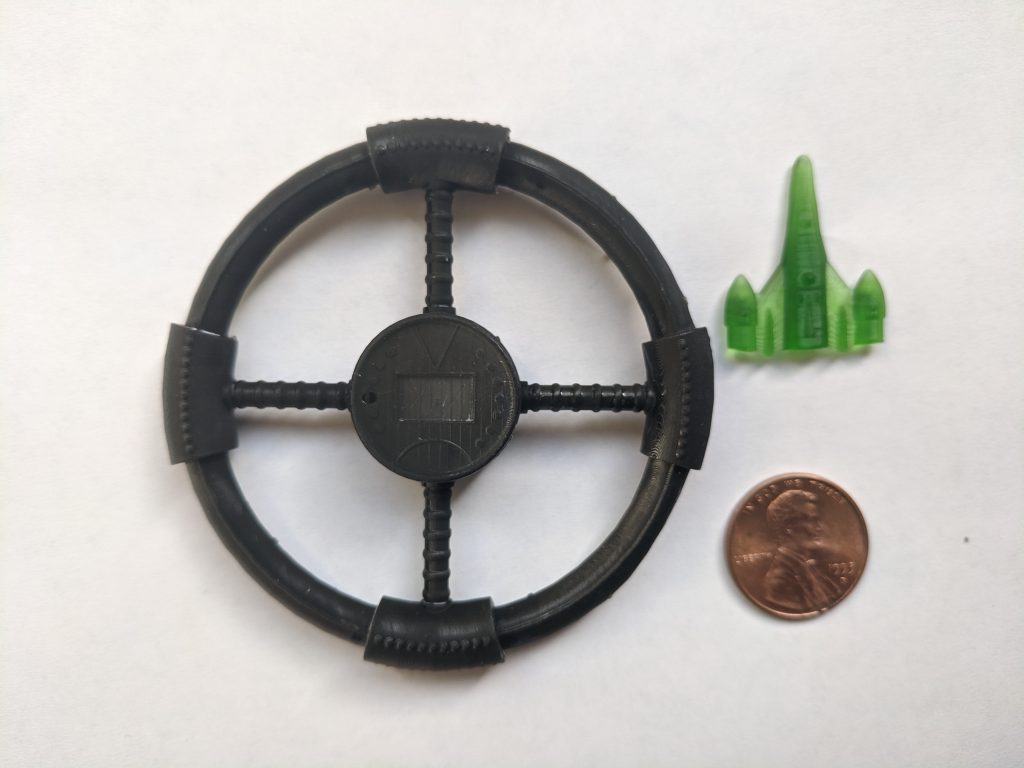








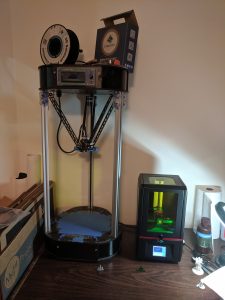
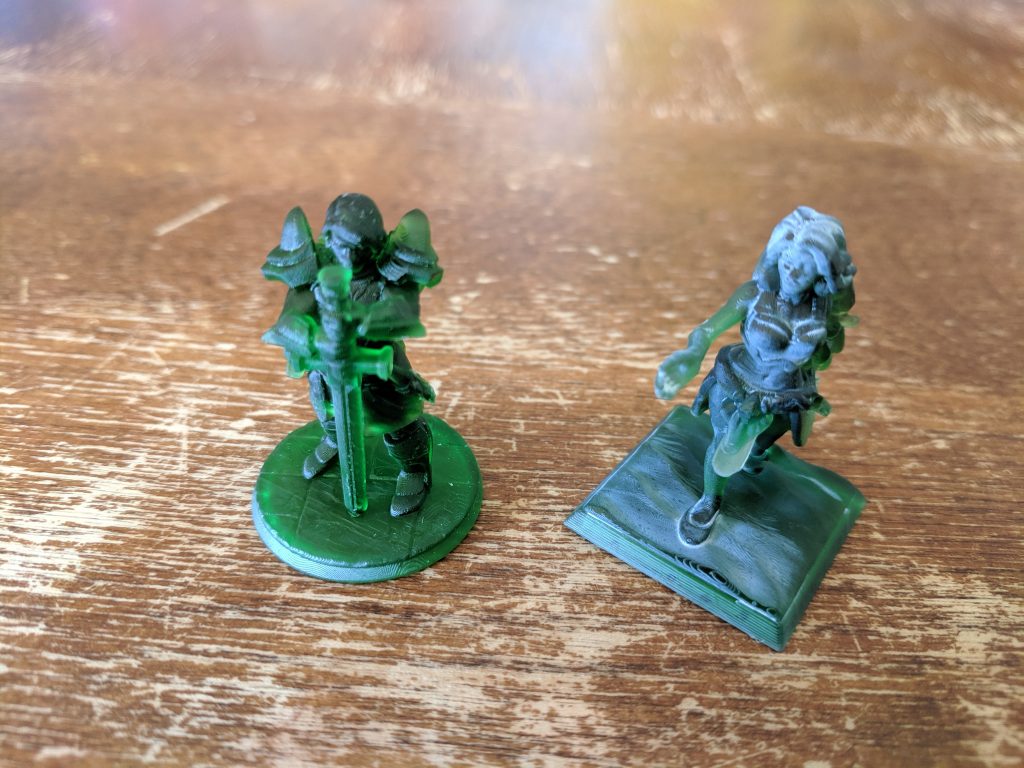

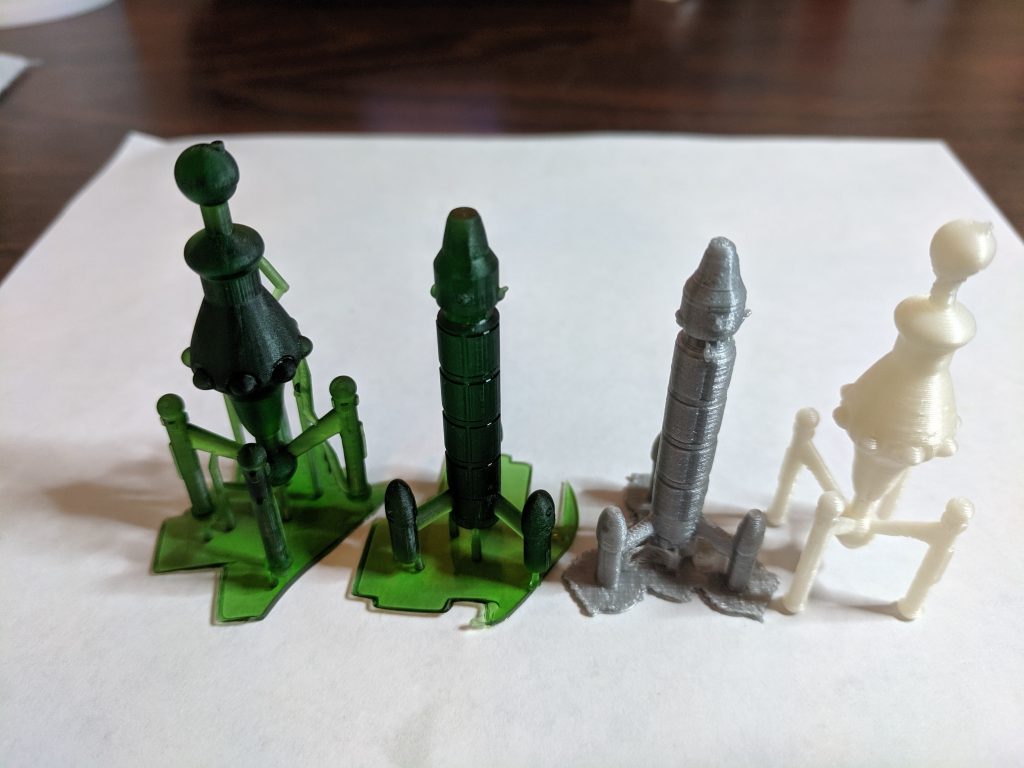
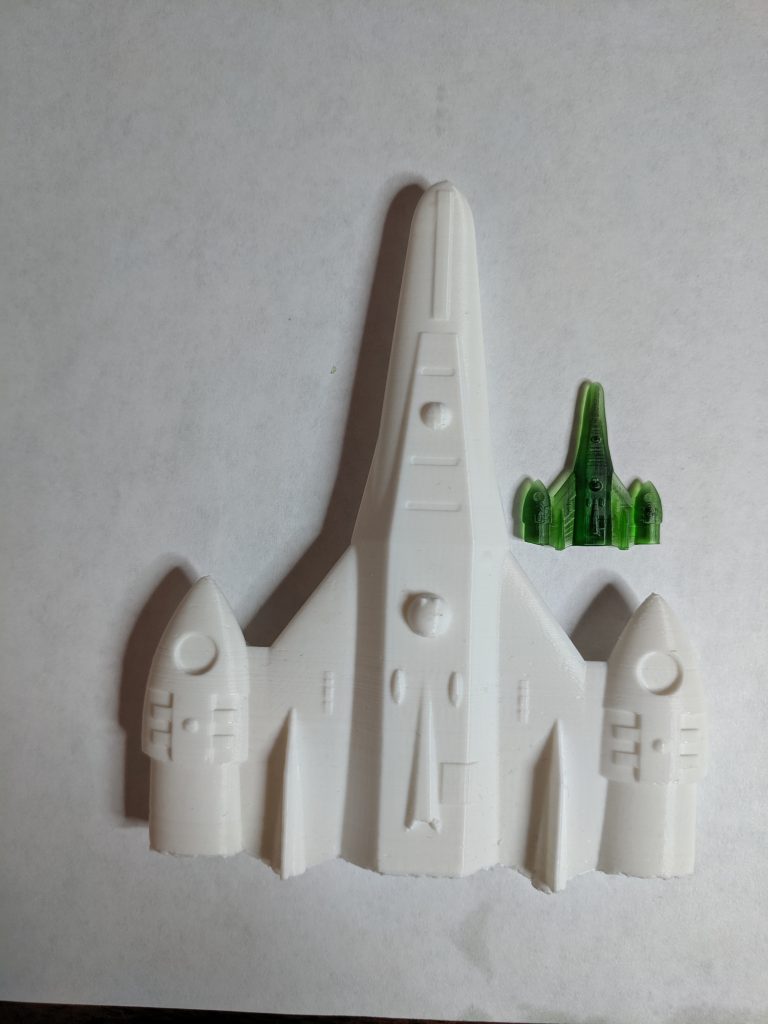
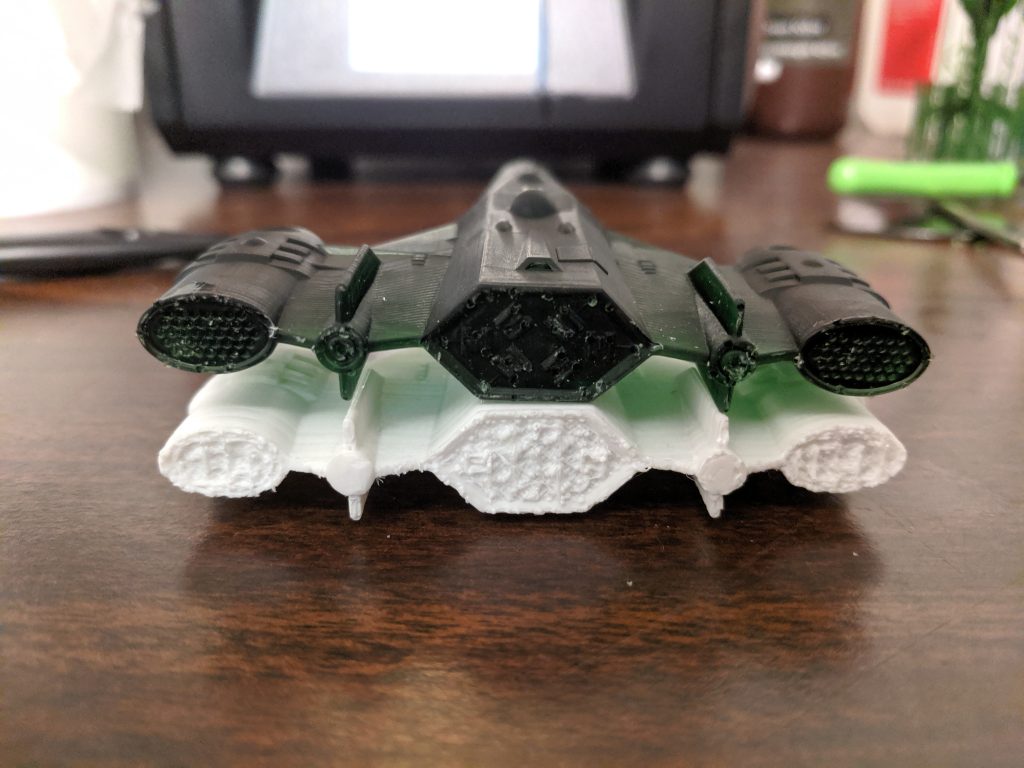
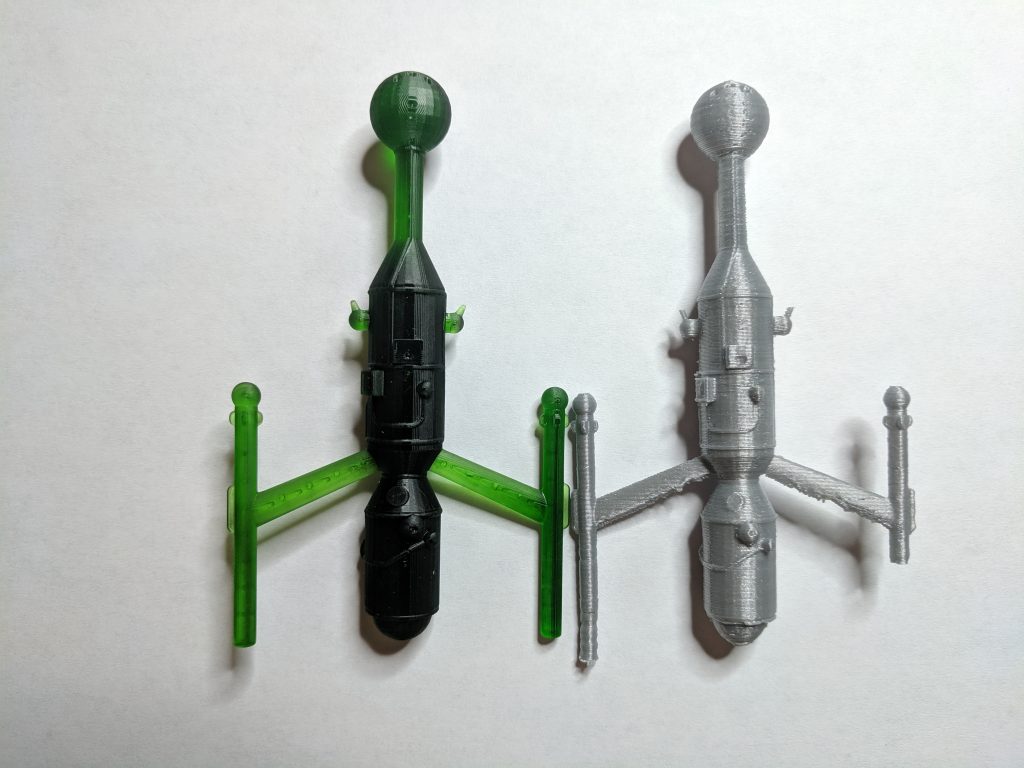
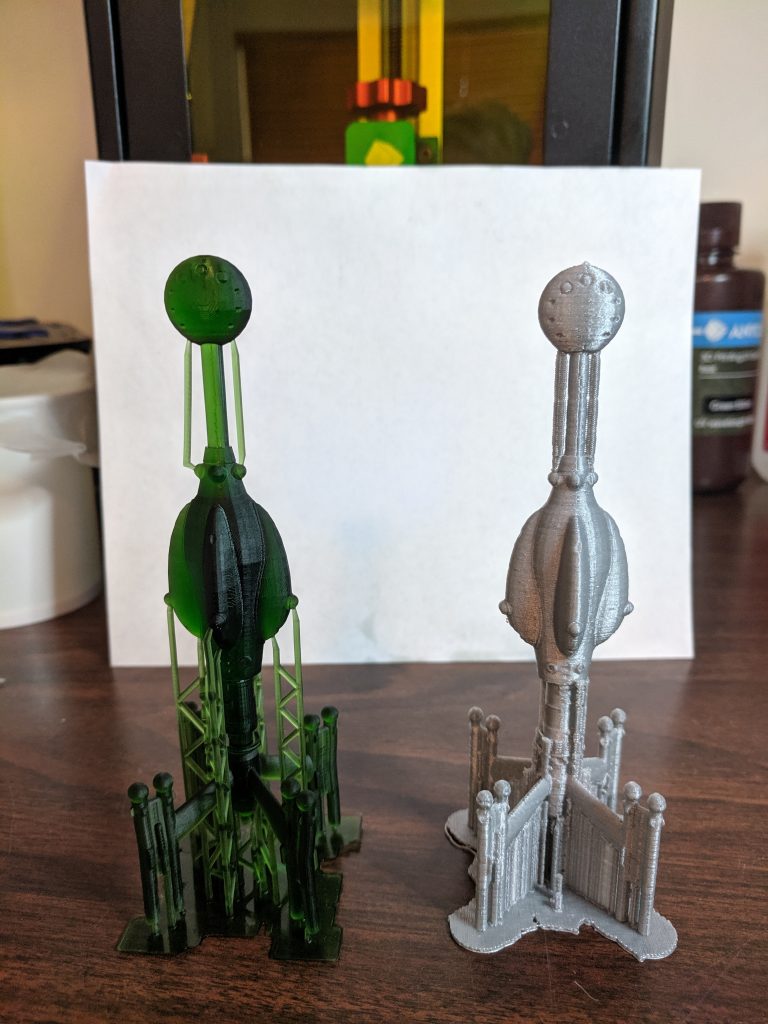
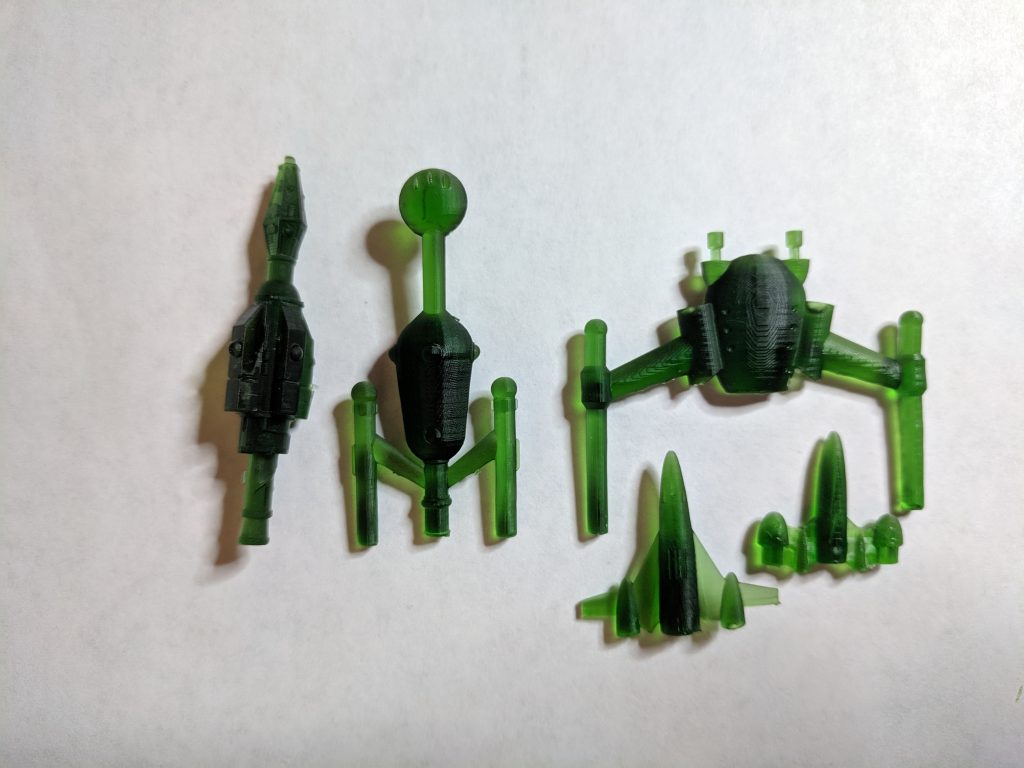
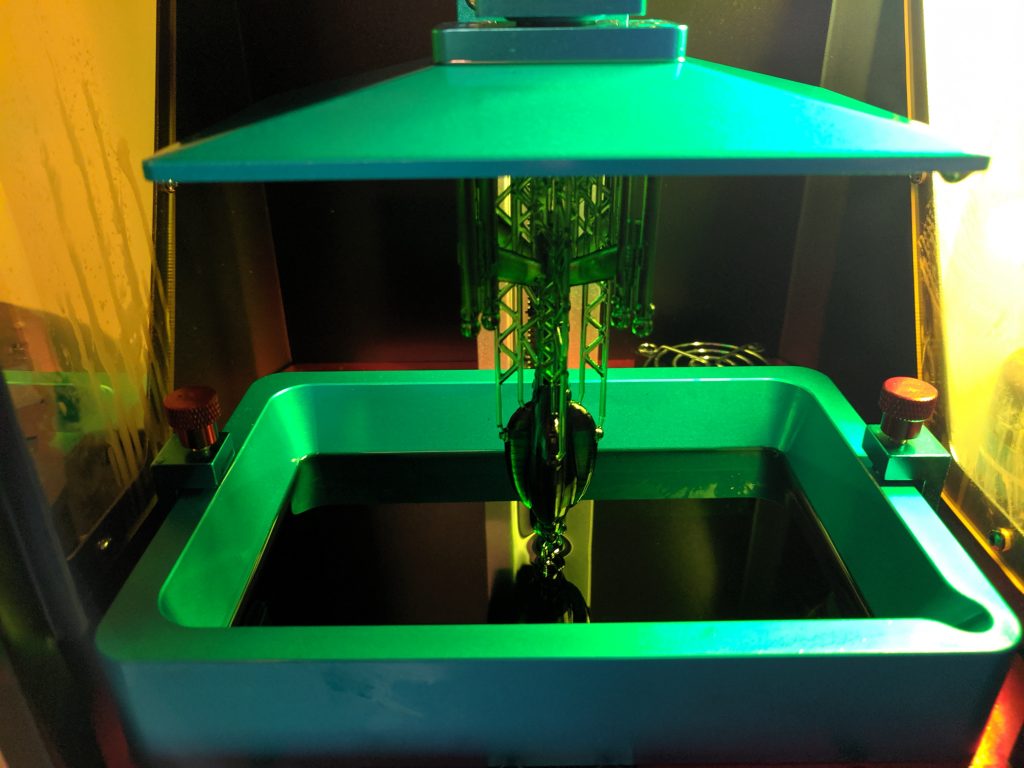
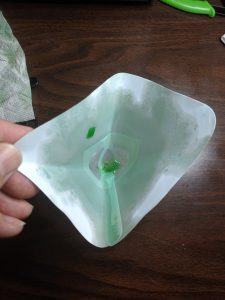
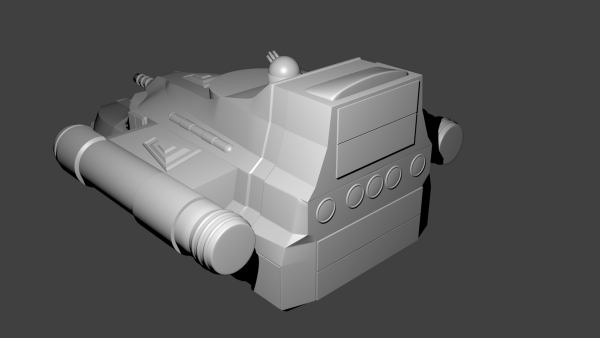
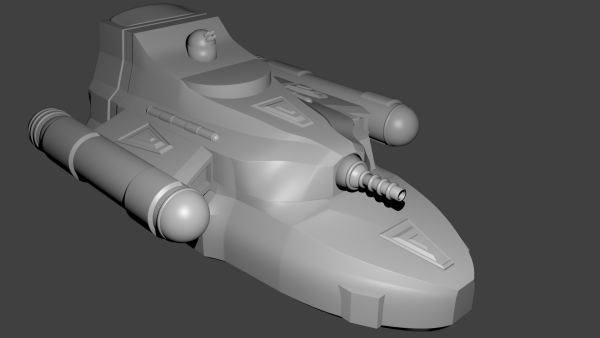
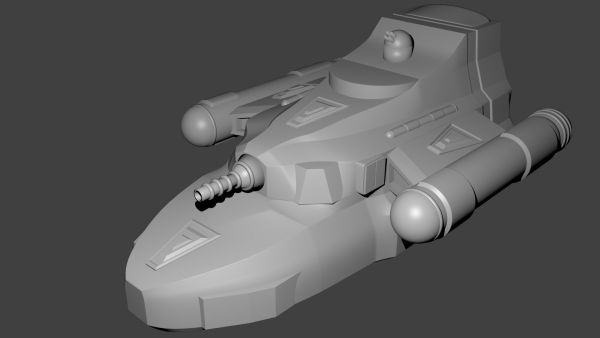
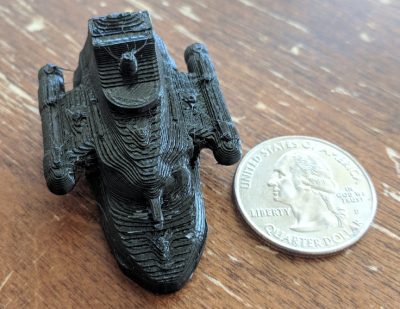
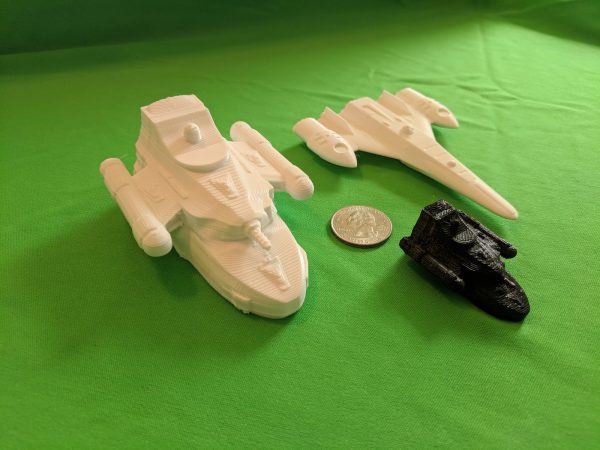
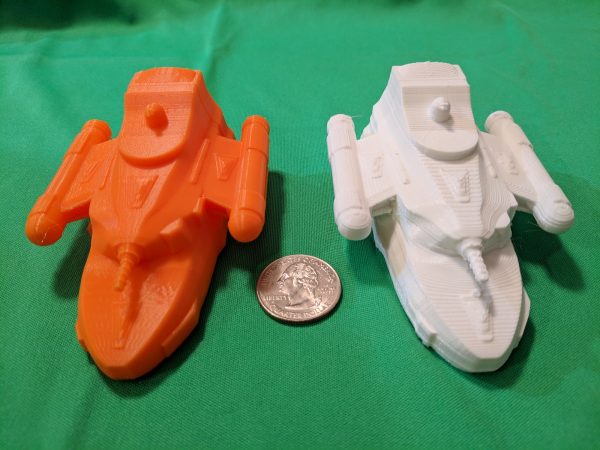
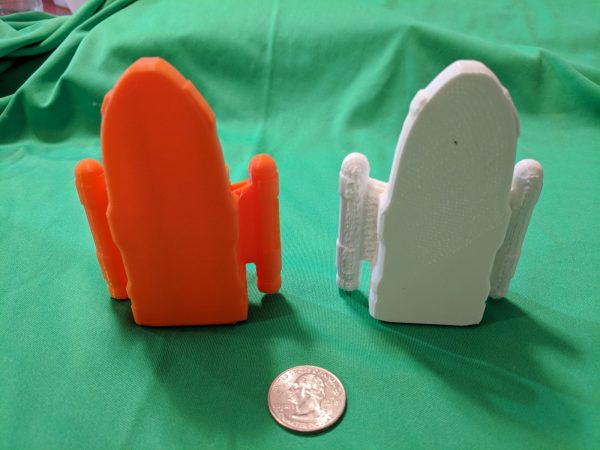
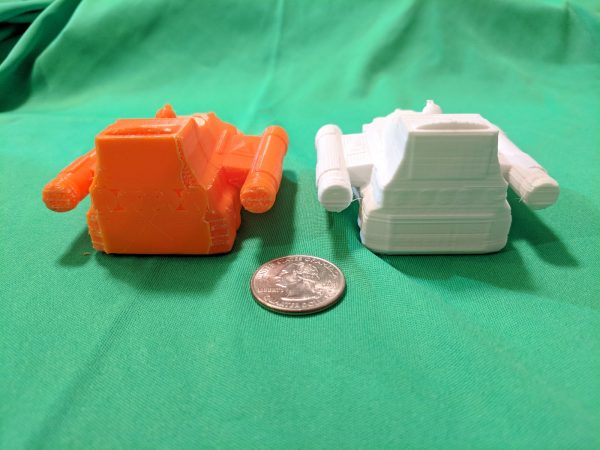
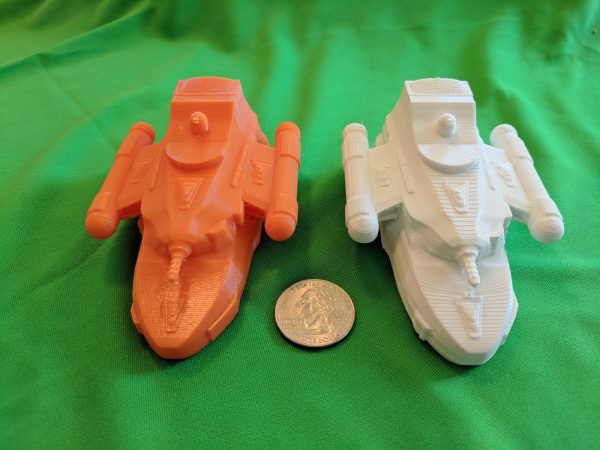
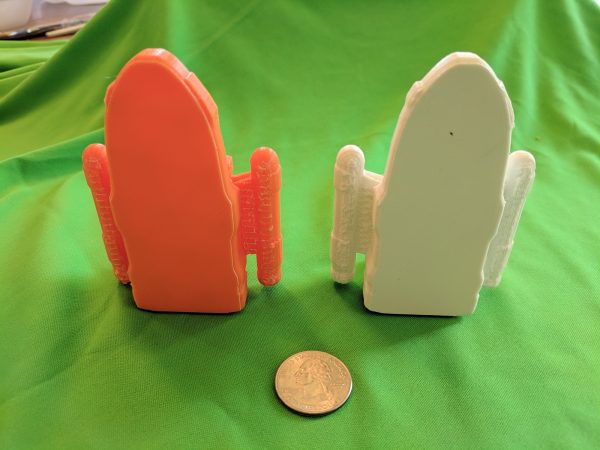
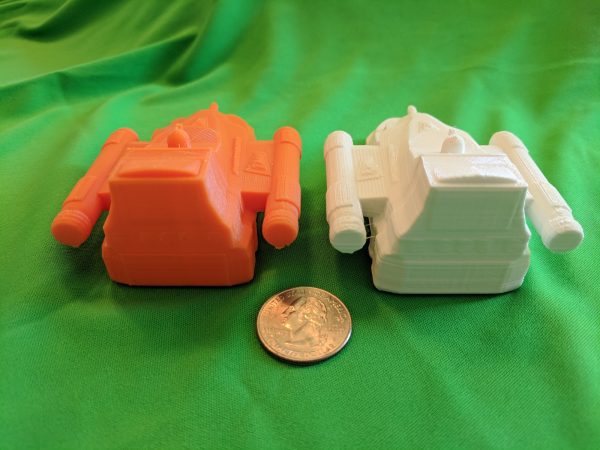

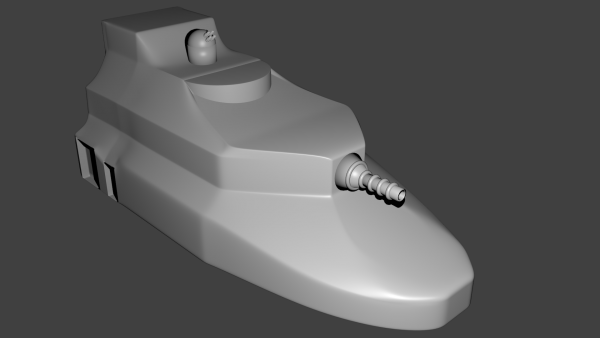
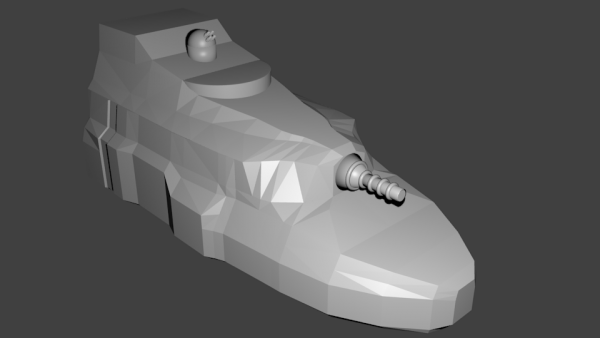
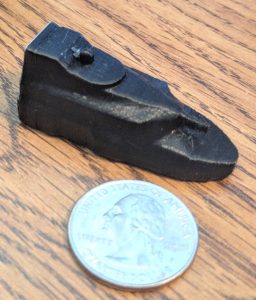
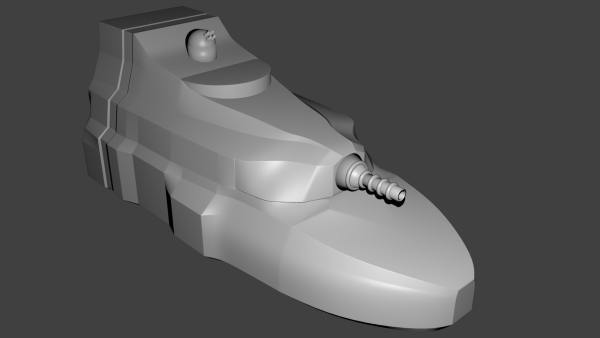
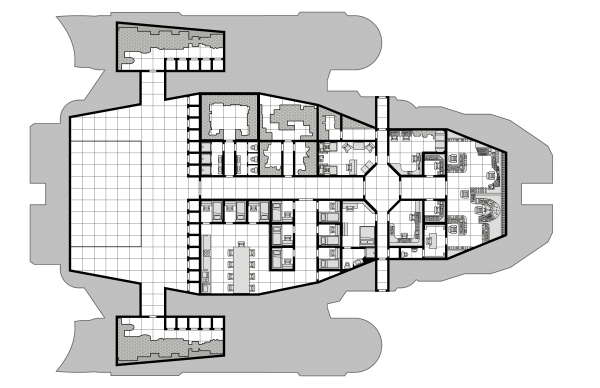
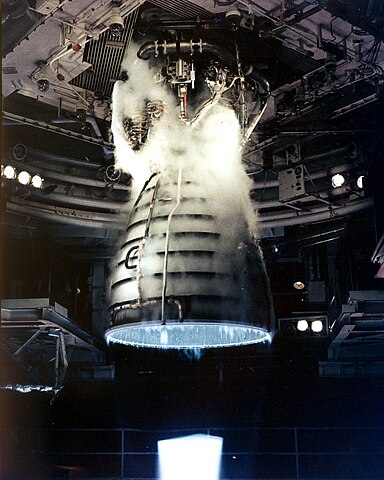
 ).
).